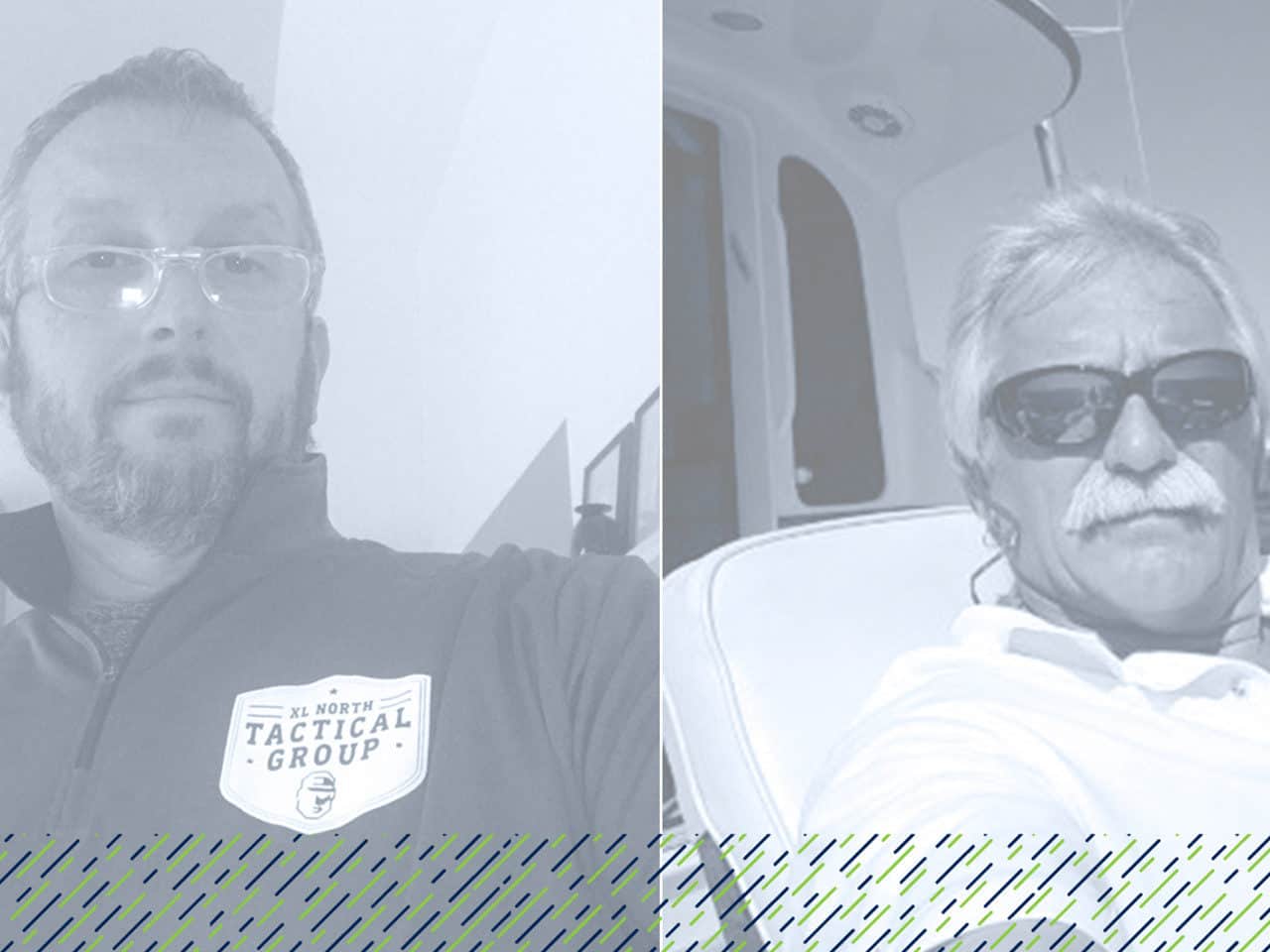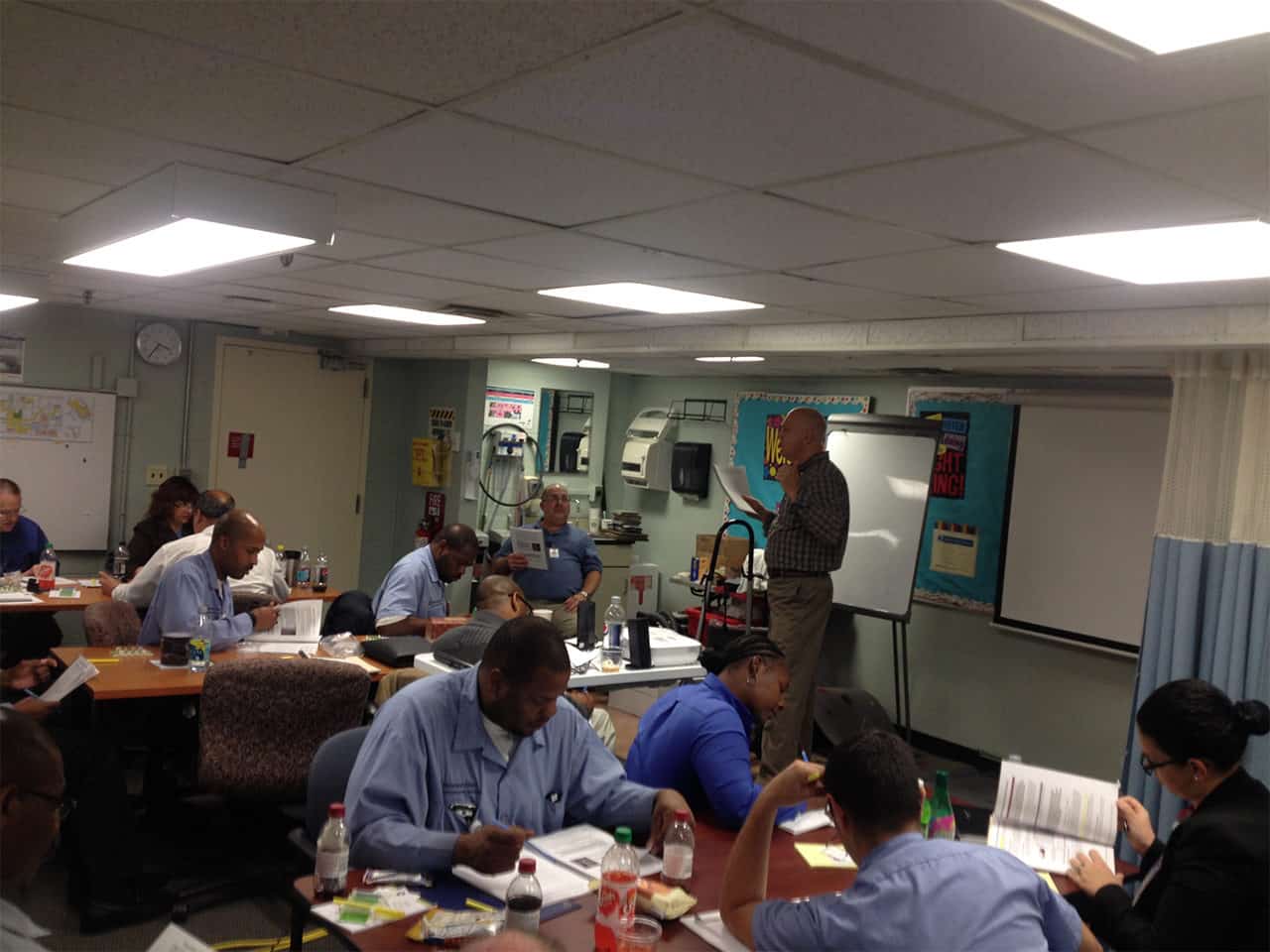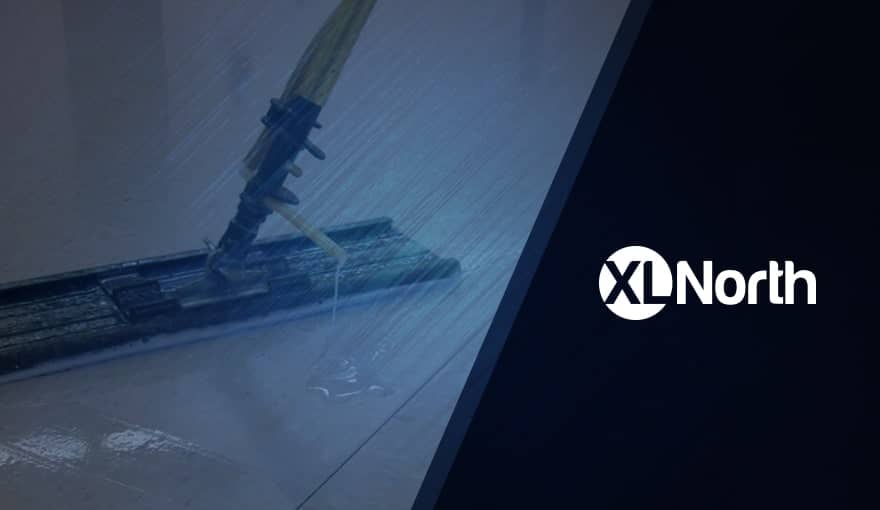Commercial floor care service providers are familiar with frequently asked questions from customers. Any technician worth their weight not only understands the details of their craft, but can also accurately provide answers to common customer questions when asked. Answering “who”, “what”, “when”, “where”, or “how” often needs nothing more than a short explanation, but when a customer asks “why”, providing a quick, uncomplicated response isn’t always as simple. Questions like the ones below can challenge even the most experienced technicians.
- “Why do you need to do this?”
- “Why did this happen?”
- “Why can’t we accomplish this ourselves?”
To provide proper answers to these and other “why” questions, most techs, ops managers, or supervisors typically have to do research (either online or through conversations with industry professionals), gather resources to support their response, and provide documentation, if requested, to the customer. It can be a time-consuming undertaking if unprepared, but answering difficult “why” questions can be made much faster and easier with a copy of the ANSI/IICRC S100 Standard For Professional Cleaning of Textile Floor Coverings.
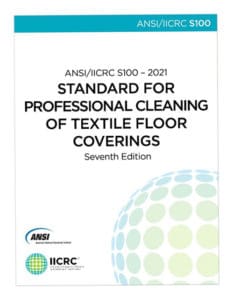
Published in July of 2021, the updated Standard captures changes within the flooring industry, such as new textiles, warranty updates, improved safety regulations, and advancements in chemistry and equipment. The S100 was reviewed and updated by a committee of ten industry leaders, including flooring manufacturing, cleaning, and chemistry professionals. It was also out for public review for 45 days and the comments provided by the public were considered by the consensus body before final drafting and publication.
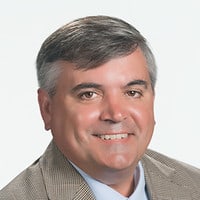
One of the toughest “why” questions any floor care professional will encounter is “Our old service provider didn’t do this. Why are you?” The S100 is the answer to that question. Stephen explains, “This is a third party document and you can put it in front of your customer and say, ‘This is an industry standard. It’s certified by ANSI. And this is how you’re supposed to be cleaning your carpet. If someone’s not doing this, then they’re not following the proper steps and procedures.’ It’s not just your word, but an industry’s word on how it should be done properly.” He also encourages project managers to use the Standard when writing RFPs because it provides a common language decided upon by flooring industry experts.
Finding providers that adhere to the standards on commercial floor care jobs may seem equally challenging to customers, but that process has been made simple with the IICRC’s firm certification program. Stephen notes, “Consider using a certified firm from the IICRC because they’re committed to using the Standard as their benchmark for providing service. If they attain that certification, that’s a feather in their cap. That’s the IICRC saying, ‘They’re good at what they do, and they do it well.’”
The true distinction of the S100 is that it’s backed by an industry that seeks to improve itself through education and collaboration, and it helps all those involved provide safe and effective services.
Learn more about the ANSI/IICRC S100 Standard For Professional Cleaning of Textile Floor Coverings and purchase a copy from this link. To locate an IICRC Certified Firm committed to using the Standard, click here.
Note from XL North’s Bill Luallen:
On behalf of myself and XL North, I would personally like to congratulate Stephen on his 34 years of dedication to constantly “raising the bar” of professionalism in commercial floor care. Although his LinkedIn bio now says retired, I’m thrilled this gives him more time to assist on IICRC projects. Congratulations, Stephen!
